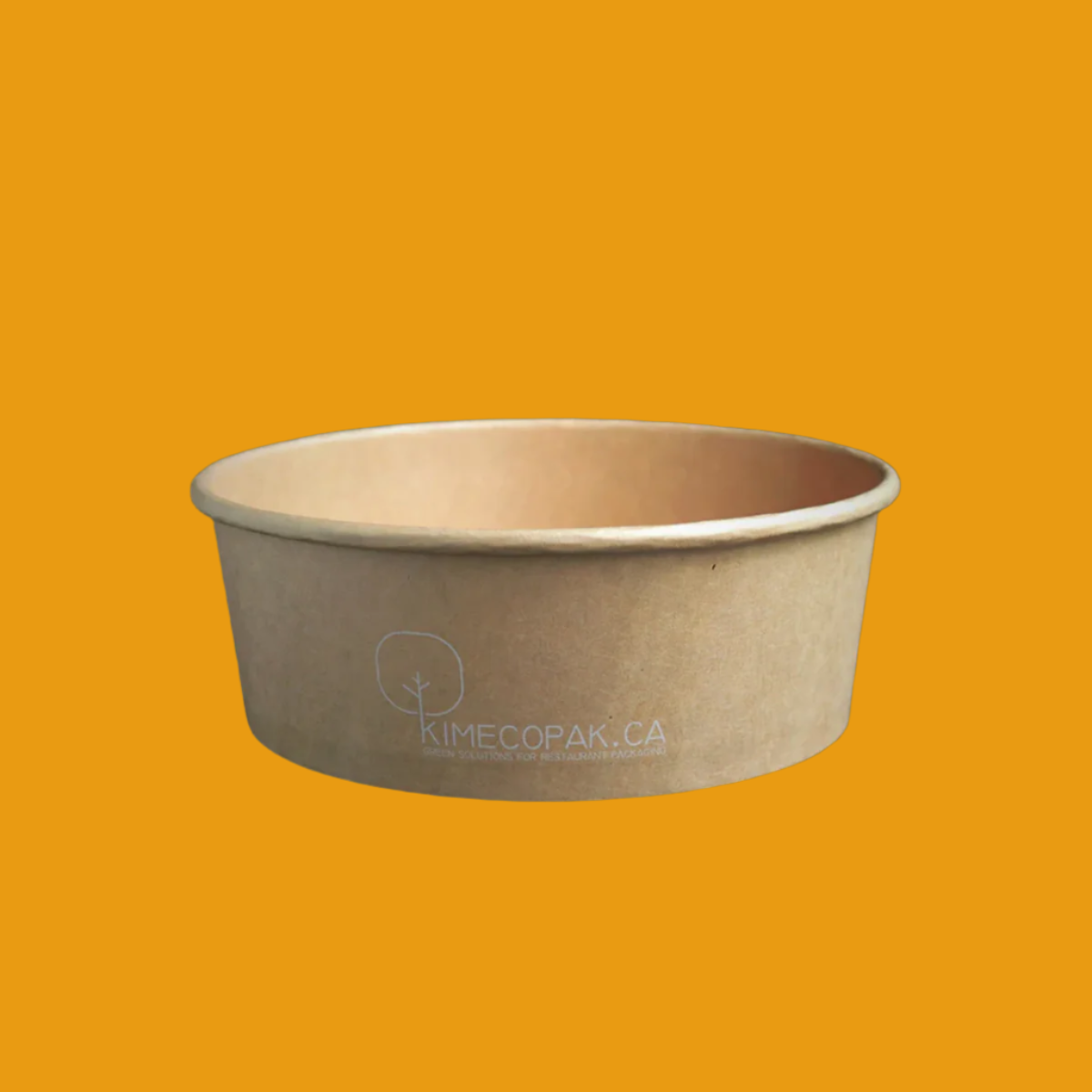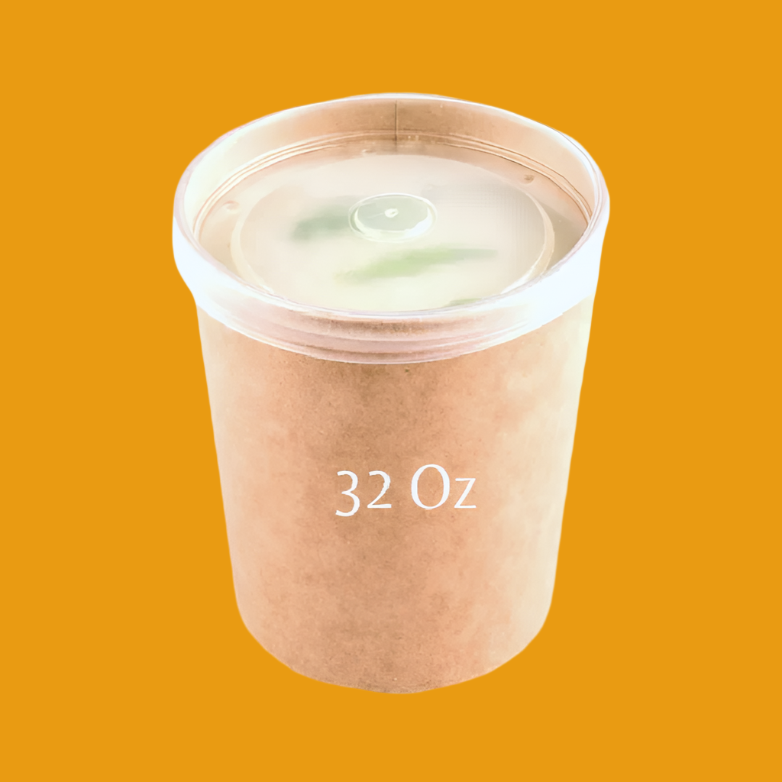Compostable and biodegradable items are easily recognizable on the packaging. Read the article below to learn the difference between compostable vs biodegradable materials.
Biodegradable definition: What does biodegradable mean?
Biodegradable plastic is also known as bioplastic. The biodegradable process is the breakdown of plastic by microbial enzymes helping in the breakdown of polyplastic molecules into CO2 and H2O. To boost the reaction duration and effectiveness of the enzyme, several biologically active additives are added to produce natural products such as H2O + CO2 and biomass in a fair length of time.
Biodegradable plastic bags, for example, can disintegrate almost completely in 3 to 6 months. The time necessary for complete decomposition is determined by the substance, environmental variables such as temperature and humidity, and the location of decomposition.
Compostable definition: What does compostable mean?
The ability to break down naturally is what makes something compostable. Compostable items are those that may break down naturally. The compostable biodegradation process produces CO2, water, inorganic chemicals, and biomass at an amount comparable to other organic materials while leaving no detectable or environmentally dangerous waste.
Difference between biodegradable and compostable
The difference
Although the terms biodegradable and compostable are sometimes used interchangeably, they are not the same thing. While all compostable products are biodegradable, not all products are compostable.
The key distinction between the two is that biodegradable materials can take a variable length of time to break down. Compostable materials, on the other hand, break down into natural elements within a defined time limit. However, it will require certain circumstances, such as those found in commercial composting plants, to do so.

The table below shows the distinctions between these two materials:
|
Aspect |
Biodegradable |
Compostable |
|
Definition |
Can break down into elements |
Specifically designed to decompose in a composting environment into nutrient-rich soil. |
|
Time to Decompose |
Biodegradation times vary widely, from months to years, or even decades. |
Composting typically occurs within a few months to a year under ideal conditions. |
|
Environmental Impact |
Biodegradable plastics may leave microplastics and other pollutants as they break down. |
Compostable materials should have a lower environmental impact, as they contribute to soil health. |
|
Suitable Environments |
Can biodegrade in various environments, including those where composting is not possible. |
Requires specific composting facilities and conditions, limiting disposal options. |
|
Purpose |
May be used for products where long-term durability is not needed or expected. |
Typically used for products like food containers and utensils that can be composted after use. |
Why is knowing the difference so important?
Understanding the difference will help you in choosing suitable supplies for your food shop and restaurants. You will know which product is appropriate for the requirements and properties of the product. At the same time, your restaurant is mindful of issues related to the environment. This can also help with community-related activities.
Pros and cons of compostable vs biodegradable products for restaurants
Biodegradable and compostable packaging is becoming increasingly popular in the food and beverage industries. Here are the pros along with the cons of these two materials.
Pros of biodegradable and compostable
- Environmentally friendly: Compostable and biodegradable materials decompose faster than plastic products. As a result, biodegradable and compostable products are more environmentally friendly and are frequently selected over single-use plastic products.
- Waste reduction: Compostable materials can be readily disposed of in compost containers, reducing the restaurant's overall waste creation.
- Compliance with Regulations: Canada, like several other nations, has begun to prohibit the use of single-use plastics such as food containers, straws, and cutlery. The transition from plastic to an alternative material is inevitable.
- Boosting competitiveness: biodegradable and compostable items are better suited for consumer tastes and needs, allowing restaurants to compete with competitors. In addition, the use of biodegradable and compostable materials promotes the restaurant's reputation.
Cons of biodegradable and compostable
- Costly:: Biodegradable and compostable products are sometimes more expensive than their common plastic counterparts. While prices are decreasing over time as demand increases, they can still put an inconvenience on a restaurant's budget, especially for small businesses.
- Storage Requirements: To maintain their quality, biodegradable and compostable items may require particular storage conditions, such as avoiding high humidity or severe heat. Improper storage might cause premature degradation.
- Durability and Performance: Some biodegradable objects may not be as durable as their plastic packaging, potentially leading to leakage or breakage, especially with hot or oily foods.
- Composting Infrastructure: To optimize environmental benefits, biodegradable things should be composted properly. As a result, educating consumers and educating customers becomes part of the restaurant's responsibility to ensure that the product can be composted properly.

Choosing biodegradable and compostable products
There are three simple ways to identify biodegradable and compostable products:
- Look for the Biodegradable Products Institute accreditation label, known as BPI certification. BPI is a compostable product certification company that works with commercial composting facilities.
- Recognize by inspecting the plastic recycling symbol. This symbol can be seen in most biodegradable and compostable products.
- Contact directly with the product's supplier. Direct contact will be the simplest technique to identify a provider of packaging products for your store. You should be able to get enough information and supplier certification.
Although they can be used interchangeably in some situations, there are significant differences between compostable and biodegradable materials. A proper understanding of compostable and biodegradable aids restaurants in making better product packaging decisions.









